Riverlea explained: How Aboriginal ‘massacre’ site paused mega land project
Part of the state’s biggest master planned community is at a standstill over the discovery of human remains. Here’s who’s involved – and how it could end.
SA News
Don't miss out on the headlines from SA News. Followed categories will be added to My News.
Protests have been held and works halted at parts of South Australia’s biggest master planned community development over the discovery of Aboriginal remains, with the project’s future now in the hands of Aboriginal Affairs Minister Kyam Maher.
The remains of at least 29 people have been uncovered in two areas of the northern suburbs site.
Kaurna traditional owners believe the bodies could be there as product of a “massacre”, but developer Walker Corporation has pushed to continue construction.
Here’s how the issue has unfolded so far.

What is Riverlea?
Riverlea is housing project in an area formerly known as Buckland Park, 37km north of Adelaide.
The $3bn project is the state’s biggest master planned community and aims to house more than 40,000 people with the construction of 12,000 homes in the next 20 years.
This equates to more than 2 per cent of the state’s current population of almost 1.8m – or about twice the size of Mount Barker.
More than 1100 homes have been sold since construction started in February 2021, with 75 per cent of those finished or being built by about 1000 people now working on the site.
The first residents moved in during October last year.
The Riverlea development was first announced by the Rann Labor government in December 2006, and the first stage was approved in 2014.
The project, which stretches across a total area of 1340h, is being headed by the Walker Corporation, co-founded by executive chairman Lang Walker.

What sparked the controversy?
In July, human remains were found during bulk earthworks being undertaken at the Riverlea site in an area close to the Gawler River, previously used for intensive farming.
The discovery was reported to police, with the Walker Corporation halting works and creating an exclusion zone to allow for further investigations in the area.
Leadership of the area was handed to the Kaurna Yerta Aboriginal Corporation (KYAC).
By September, the remains of at least 29 individuals had been uncovered in two areas – with one of the sites already being sold to homebuyers and the other set for future sale.
The remains were stored on-site in a shipping container.
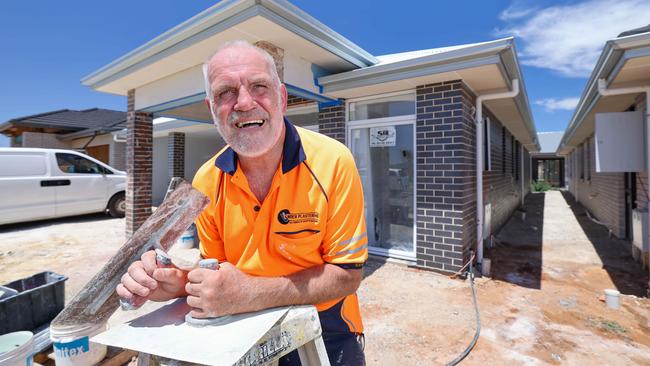
The Walker Corporation sought authorisation to “excavate, uncover, damage, disturb or interfere with Aboriginal sites, objects and, or ancestral remains” as it is illegal to damage Aboriginal heritage without the permission of Aboriginal Affairs Minister Kyam Maher.
Kaurna traditional owners raised concerns over the discovery of the remains, saying the way the bodies were placed was not consistent with how they typically buried their people.
They believed the remains were instead the result of a “massacre”.
Walker Corporation commissioned an archaeological assessment of the site – led by archaeologist Neale Drape – which ruled out the massacre theory.
However, Kaurna traditional owners have called for a second, independent assessment.
In late October, a protest was held at the housing development site calling for works to be ceased and a memorial to be built where the remains were discovered.
Construction is continuing in areas outside of the two zones where remains were discovered.
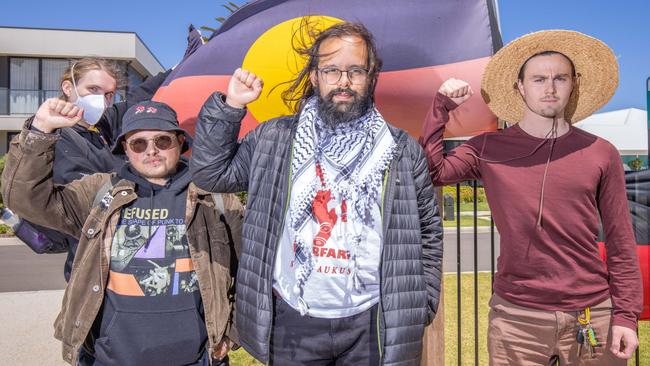
Who is involved and what do they say?
Many members of the Kaurna community have called for works to cease, raising concerns over the Walker Corporation’s handling of the issue,
Kaurna and Narungga woman Roselyn Coleman said she was concerned that homes built over the burial grounds would be “a really terrible place to live”, especially for families with young children.
Mark Catanzariti, a Kaurna man, told the outlet he was angry that he only learned about the scale of the discoveries from leaked photographs of the site.
Mr Catanzariti and other Kaurna community members have calling on the state government to reject Walker Corporation’s application to remove the remains and extend development of the site for the next 25 years.
“How would you feel if that was one of your grandparents, great-grandparents, cousins or someone that was related to you being dug out of the ground like a science project?” Mr Catanzariti said.
Kaurna Elder Lynette Crocker said the state government should restore the burial site and compensate the landowners who have already purchased within the block.
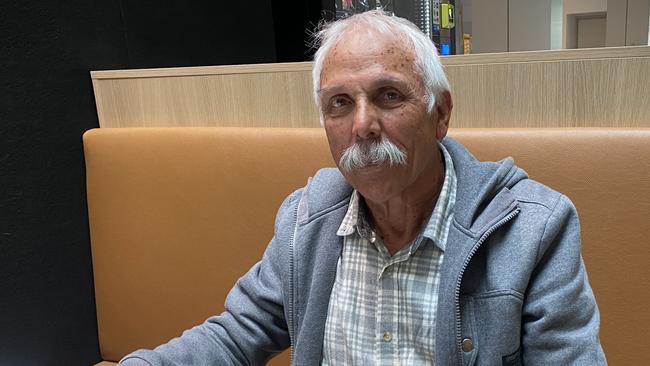
The office of Aboriginal Affairs and Reconciliation (AAR) said it believed the remains, which were excavated and are being held in a shipping container on site, had been managed appropriately to date.
“AAR has been consulting on the developer’s application under the Aboriginal Heritage Act and expects to provide its final report to the Minister for consideration in the coming months,” a spokesperson said.
The Aboriginal Heritage team said it had found more than 1200 artefacts, including spear and boomerang tips and items not usually found in South Australia, on the site.
Kaurna Yerta Aboriginal Corporation (KYAC) chairman and elder Tim Agius said, after discussions with elders, they had come to the “difficult decision” to support a decision to relocate the remains elsewhere should there be a need to do so.
Mr Agius said elders endorsed moving the remains to an unmarked grave somewhere near the discovery site, in accordance with practices in place for at least 30 years.

Kaurna elder and former Director of Aboriginal Affairs for the state government Ian Carter has led the push for work to be stopped and a second assessment to be conducted.
Mr Carter said there were many from his community who wanted the development to stop.
“That needs to stop. They can’t go digging up our ancestors,” he said.
“Spiritually, we don‘t interfere with bones and take them out of the ground, we leave them there.”
Actor Natasha Wanganeen said it was “disgusting” the way the site had been handled by the state government.
“What would you do if I went out there with a shovel and started digging them up and bagging them up? Would you be okay with that?,” she said.
“And yes, it is a massacre site. I believe that and feel it through everything in me, because the way they’re laying, you don’t bury people like that. We’ve never buried our people like that.”
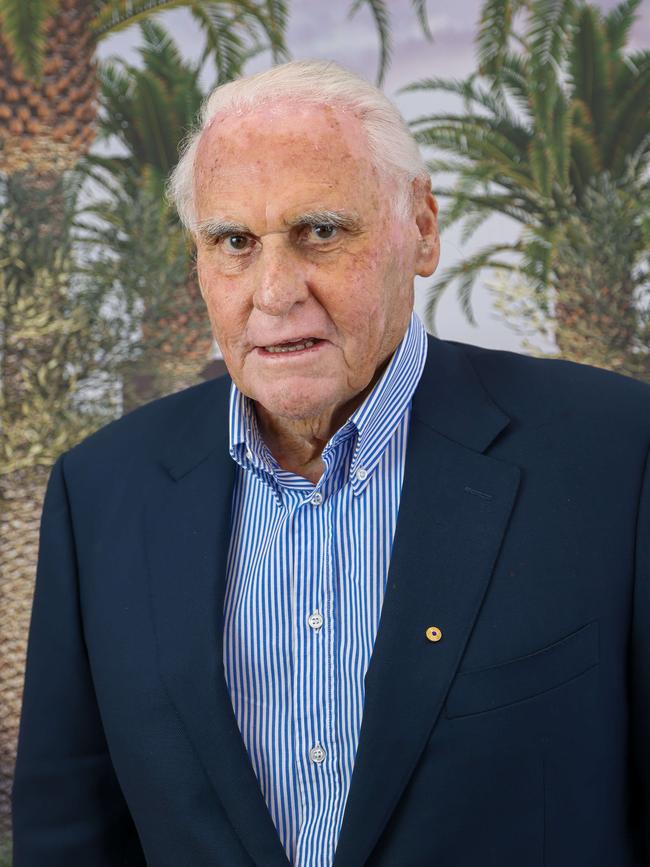
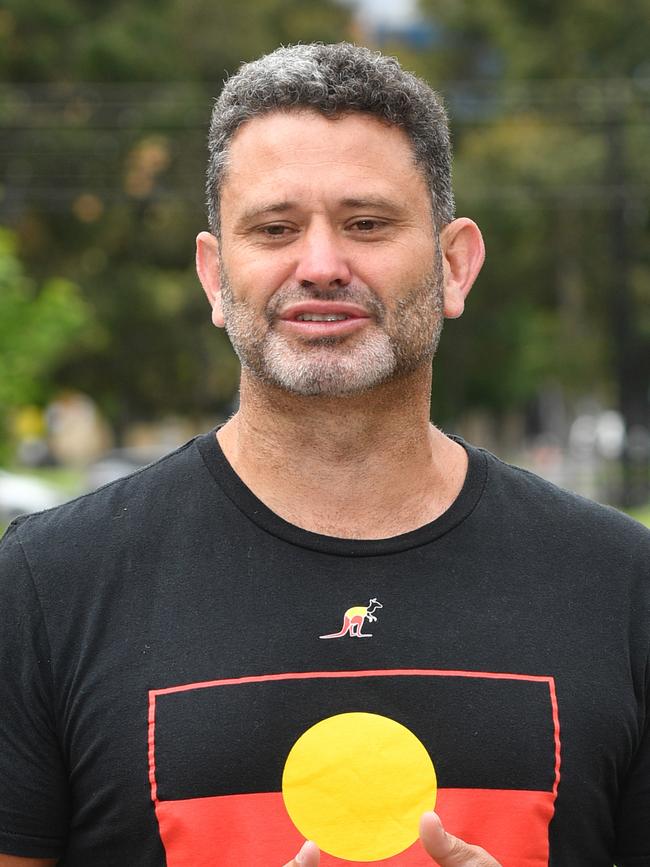
Premier Peter Malinauskas said he was open to a second, independent archaeological assessment of the remains.
A spokesman from Walker Corporation – developers of Riverlea Estate – said the company was working closely with Kaurna Yerta Aboriginal Corporation (KYAC) representatives, Kaurna Elders and the state government on the new development.
“Walker continues to work very closely with KYAC representatives, to ensure both the respectful treatment of ancestral remains and the most appropriate outcome is implemented, as recommended by the Kaurna elders within KYAC,” the spokesman said.
“Walker continues to take advice and direction from the KYAC Kaurna elders and the SA Government as we work through the issues at hand.
“(We) will be in a position to provide further details once the Kaurna Elders and the SA Government have had an appropriate opportunity to discuss and provide a way forward.”
Aboriginal Affairs Minister Kyam Maher said he would consider recommendations from all interested parties before delivering a decision early next year.
Mr Maher said the state government was “committed” to protecting Aboriginal heritage across the state and was working closely with traditional owners and the Walker Corporation.





